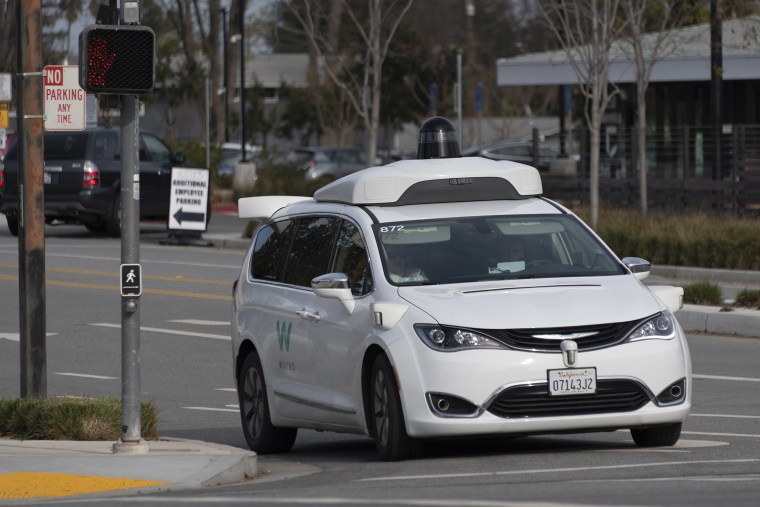A new study by the American Automobile Association has found that Americans remain highly skeptical of self-driving vehicles, with nearly three out of four of those surveyed saying they’d be “afraid” to get into a fully driverless vehicle.
The release of the survey comes almost exactly a year after an autonomous prototype operated by Uber was involved in a crash that killed a pedestrian in the Phoenix suburb of Tempe. That accident, and other highly publicized crashes involving self-driving test vehicles, are all clearly contributing to the public’s concern, said Greg Brannon, AAA’s director of automotive engineering.
This is the fourth annual study that AAA has conducted on self-driving vehicles and after initially showing a growing acceptance by the public, attitudes have hardened in the wake of those crashes.
“We know the media has focused a lot on autonomous vehicles, the good, the bad and the ugly,” said Brannon, adding that this is “where consumers get a lot of their information about autonomous vehicles.”
In all, 71 percent of the survey respondents said they would be afraid to ride in a self-driving vehicle. And when asked about whether they would allow a child or some other family members go for a ride, “We saw only 19 percent comfortable with that scenario,” said Brannon.
Only about four in ten of those who participated in the study said they would be comfortable having groceries and other goods delivered by a fully autonomous vehicle, something that Amazon, fast food restaurants, and supermarkets are investing in.
Public attitudes are a little more positive, Brannon said, when it comes to low-speed autonomous vehicles used in places like theme parks and airports. Just over half the respondents said they would ride in one.
The irony is that the majority of Americans expect that self-driving vehicles will eventually become an everyday reality, with 55 percent predicting that by 2029 most cars will have fully autonomous capabilities, according to AAA.
For proponents of the technology, the good news is that “more and more people” are experiencing either autonomous vehicles or what Brannon called “the precursors” to self-driving technology. For the 2019 model-year, the majority of new cars, trucks and crossovers either come standard with, or offer as options, features like blind-spot detection, forward collision warning with automatic emergency braking, and lane-keeping assist.
People who have experienced those features are “70 percent more likely to trust the technology,” said Brannon. “It paints a pretty positive picture for the future.”
To get a sense of how exposure improves the reaction to what had long been sci-fi technology, AAA Northern California, Nevada & Utah helped launch a pilot program in Las Vegas offering rides on a self-driving shuttle bus. It was the first program of its kind in the U.S. to be linked to a “smart” regional roadway system. While AAA isn’t releasing specific data, a post-ride survey found “many” saying they felt more comfortable with the technology than when they first climbed aboard.
How soon autonomous vehicles will become an everyday norm is far from certain. Some of the latest new cars and trucks can operate hands-free, at least for short runs, on limited-access highways. Tesla has promised to put an even more advanced version of its Autopilot technology into production this year.
While hands-free driving will eventually be offered on cars sold to retail buyers, experts predict, the big market appears to be in both the delivery and ride-sharing arenas. Companies like Uber and Lyft are betting that, by taking the human driver out of the picture they can lower costs to the point where it is cheaper to hail a ride than to own a personal vehicle.
